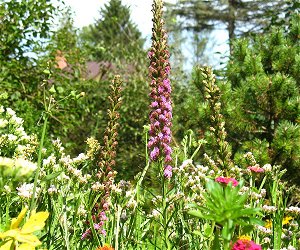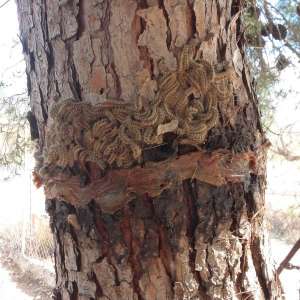Posted: Mon Dec 24, 2018 2:51pm
WARNING WARNING WARNING DO NOT BURN THEM!!!!!
http://www.tarsilopestcontrol.com/ in Rojales can help and they speak English do not touch them unless you know what you are doing!
What are they?
The pine processionary moth flies around May to July
and only lives for about one day during which time it must mate and lay
its eggs in the foliage of a pine tree. A single female can lay up to
300 tiny eggs and it takes around a month for them to hatch.
Once they have hatched, the minute caterpillars have five growth stages called ‘instars’. During their third moult or instar
they build the white cotton-wool like nest and continue to feed on the
pine leaves until the fifth instar. This usually happens any time from
February to April.
At this point, the caterpillars (procesionaria del pino)
make their way to the ground in a long chain searching for the next
place in their life cycle. This behaviour gives them the name of the ‘processionary caterpillar’. You can recognise them by their distinctive orange-brown colour and blue bands.
Eventually they will disperse to burrow just below the ground where they will pupate. Before this happens they can be a danger to humans and other mammals.
It is the hairs of the caterpillars that can cause problems. If they
are touched or poked they cause a nasty rash and give off dust that can
cause respiratory problems. They are particularly toxic for children and
animals.
If the caterpillar is stressed or threatened it can eject its hairs
which act a little like harpoons and can penetrate or irritate any
exposed skin. Dogs are particularly susceptible as they will pick up the
hairs on their paws and then lick them as they start to itch. This then
leads to the hairs being transferred on to the animal’s tongue and can
result in itching, swelling, vomiting and even death.
What you should do if you find them
If you become aware that you have these caterpillars on an urbanisation then you should inform the community of owners
and they should be removed. In some areas the council will remove them
but where this isn’t the case you should engage a specialist. You should
not attempt to move them yourself as it is a job for an expert.
If you do touch one and become itchy you should consult a doctor. The
rashes can be very painful and irritating and can last for a few weeks.
If your pet is infected you can usually tell because there will be
small white spots in the mouth and on the tongue and the animal will
become distressed and possibly drool. If they remain untreated, animals
can die as the tongue will swell and in some cases has
to be cut or amputated. If you know your pet has been affected then you
should go to the vets immediately, where they will probably be given a
cortisone injection.
You should also be careful of any
nests the caterpillars
have left in the trees. These will also contain some of the hairs that
the larvae have left behind.
You should not try to cut down the nests or
burn them yourself as the hairs can become airborn.























 My name's Alex and this is my website all about Elche in Spain. Register now for free to talk about Animals and pets in Elche and much more!
My name's Alex and this is my website all about Elche in Spain. Register now for free to talk about Animals and pets in Elche and much more!














